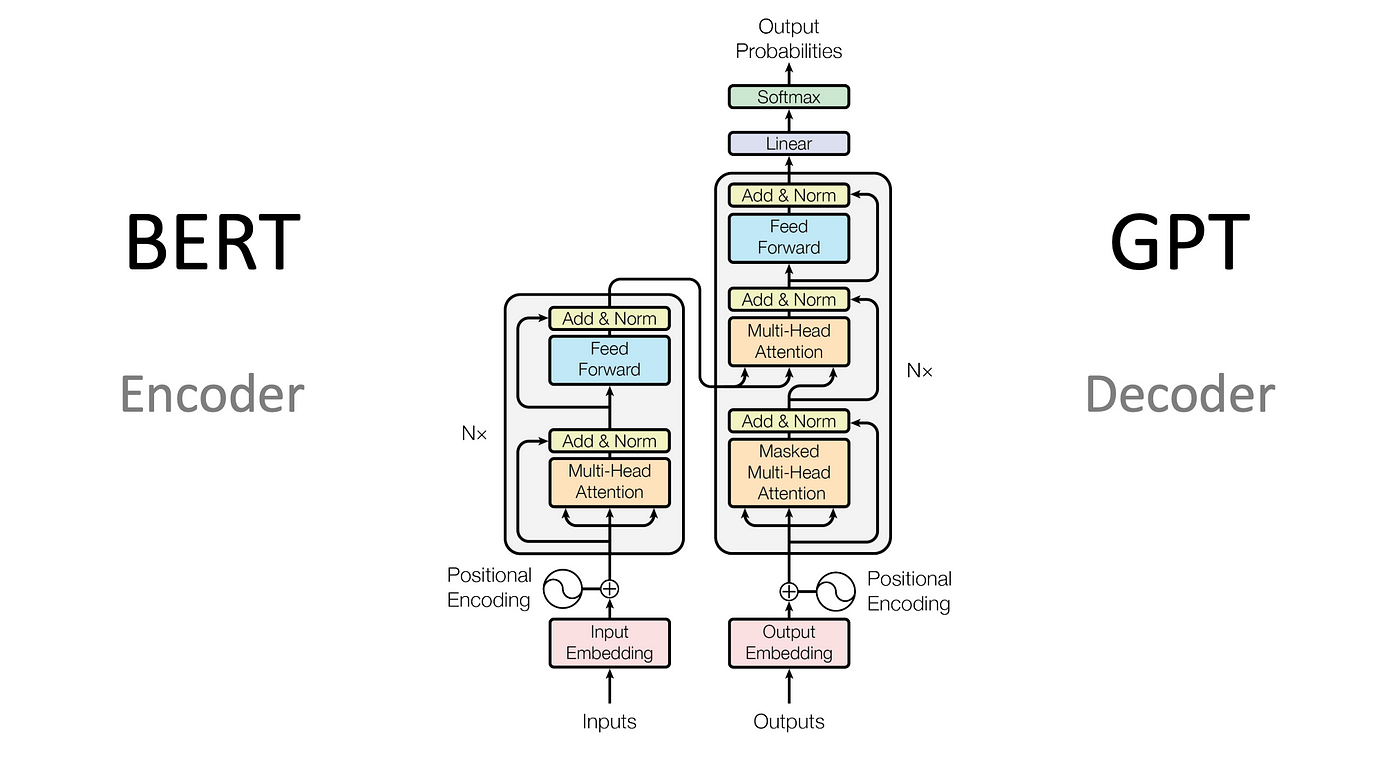ChatGPT's Studio Ghibli-style images show its creative power
Social media platforms have recently been inundated with images that closely resemble those seen in a Studio Ghibli film. These images, ranging from selfies and family photos to memes, have been reimagined with the distinct soft pastel palette that characterizes the renowned Japanese animation company founded by Hayao Miyazaki.

This surge in Ghibli-style images followed OpenAI's latest update to ChatGPT, a generative artificial intelligence system. This update marked a significant improvement in ChatGPT's image generation capabilities, enabling users to effortlessly create compelling Ghibli-style images in a matter of seconds. The popularity of this feature was immense, leading to a system crash due to the overwhelming user demand.
The Evolution of Generative AI Systems
Generative artificial intelligence (AI) systems like ChatGPT function as "style engines," offering users enhanced precision and control over the generated outputs. These systems work by producing responses to user prompts, including requests to generate images.
Prior iterations of AI image generators utilized diffusion models, gradually refining noisy data into coherent images. However, the latest ChatGPT update employs an "autoregressive algorithm," treating images akin to language by breaking them down into "tokens." This approach enables ChatGPT to predict different visual elements within an image separately, allowing for more accurate image creation based on specific user prompts.

One notable advantage of generating images within a large language model is the ability to leverage the vast knowledge encoded within the system, eliminating the need for detailed descriptions of every image aspect.
Encoding Styles in Generative AI
Generative AI systems do not store information conventionally but encode text, facts, or image fragments as patterns within their neural networks. Through extensive data training, AI models learn to recognize patterns at various levels, encompassing basic features to more complex concepts and visual elements.
This approach allows for the encoding and transfer of styles, unlocking creative possibilities across text and images. By learning and applying different styles, AI systems can combine and transfer these styles freely, earning them the moniker "style engines."
The Copyright Conundrum
While the ability to work with styles empowers generative AI, it has sparked growing controversy, particularly concerning copyright and creative ownership. Traditionally, copyright law does not protect styles but rather specific expressions, to prevent the monopolization of artistic styles that could inhibit creative expression.

However, the rise of generative AI poses challenges when highly distinctive styles become synonymous with an artist's identity. Unauthorized use of these styles by AI systems can threaten artists' livelihood and artistic legacy, leading to legal disputes and calls for new legislation to safeguard creative identities in the digital age.
Regardless of the legal outcomes, the discussions surrounding AI style engines underscore their transformative potential and the importance of balancing innovation with protecting artists' creative rights.
For more information, you can read the full article on The Conversation.




















